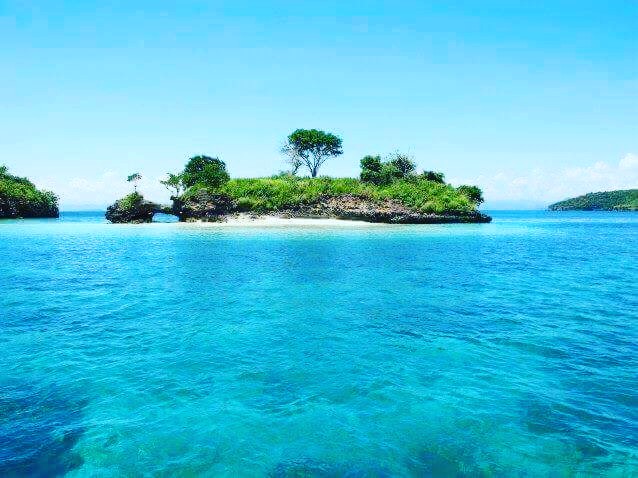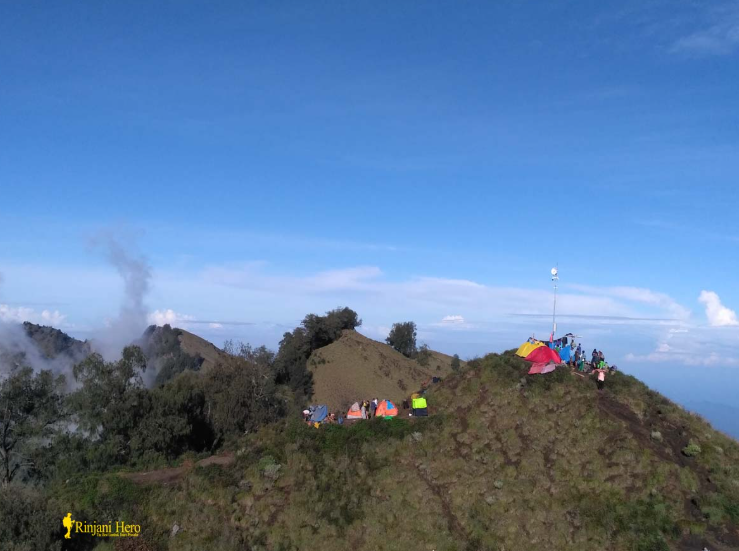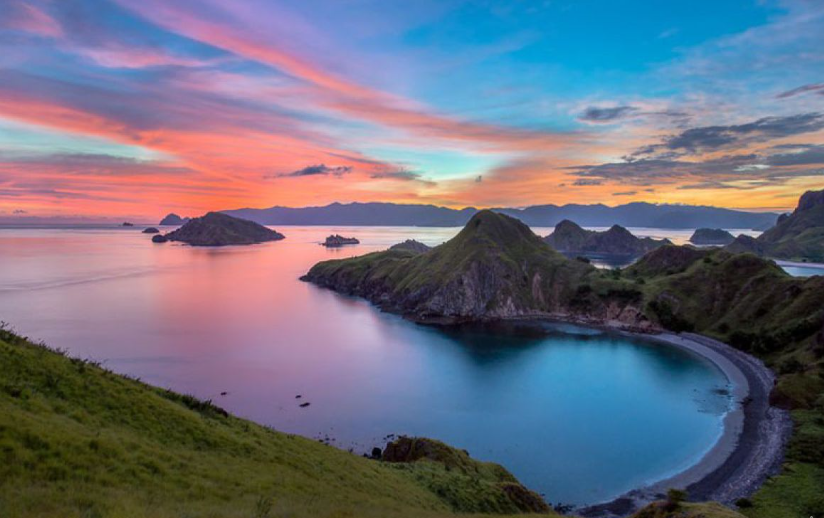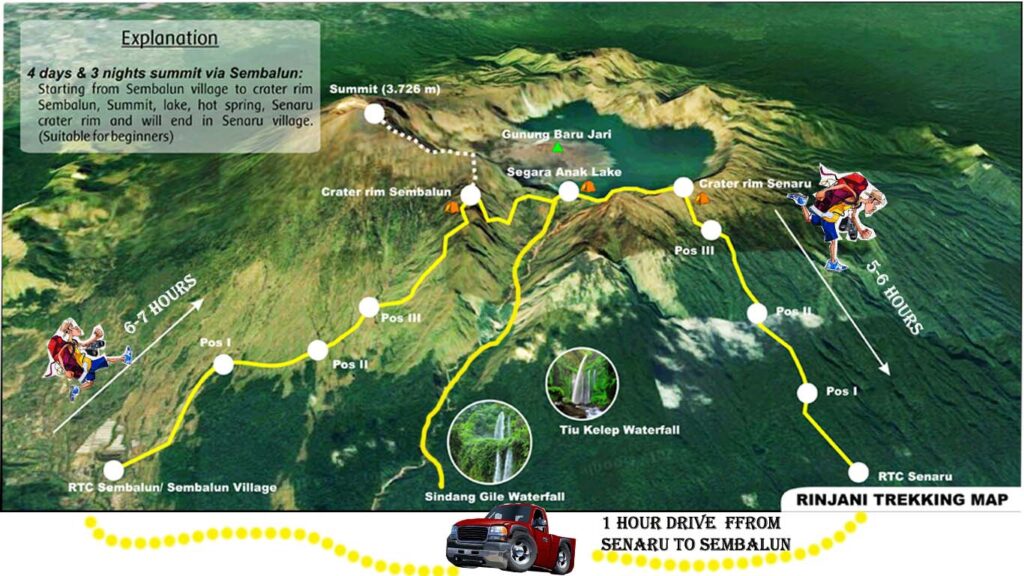Mount Rinjani 2 Days Summit
Mount Rinjani 2 Days Summit is a popular trekking package designed for those who seek an intense but rewarding adventure to the second highest volcano in Indonesia. Rising 3,726 meters above sea level, Mount Rinjani offers breathtaking views, challenging trails, and unforgettable sunrises — all within a condensed two-day itinerary. This guide covers everything you need to know before booking your trek, including the route, physical preparation, gear, and responsible travel tips.
Why Choose the Mount Rinjani 2 Days Summit Package?
The 2-day summit trek is ideal for:
- Experienced hikers with limited time
- Adventure seekers looking for a physical challenge
- Travelers who want to witness the iconic sunrise from the summit
Unlike the longer 3- or 4-day treks that include the crater lake and hot springs, the 2-day summit package focuses on reaching the peak efficiently while still offering dramatic landscapes and memorable moments.
Route Overview
The most common route for the Mount Rinjani 2 Days Summit begins from Sembalun Village, located on the eastern side of the mountain. Here’s a breakdown of the itinerary:
Day 1: Sembalun – Sembalun Crater Rim (Plawangan)
- Start: Early morning departure from Sembalun (1,150m)
- Highlights: Trek through open savanna and steep trails
- Duration: 6–8 hours hike
- Camp: Plawangan Sembalun Crater Rim (2,639m)
- View: Stunning sunset over the crater and the lake
Day 2: Summit Attempt – Return to Sembalun
- Start: Midnight or 2 a.m. summit push
- Duration: 3–4 hours to summit, 5–6 hours descent
- Difficulty: Very steep, loose volcanic sand
- Summit: Mount Rinjani Peak (3,726m) at sunrise
- Finish: Descend back to Sembalun and transfer to Senaru or your next destination
Physical Requirements
The 2-day summit hike is physically demanding and not recommended for beginners. You should:
- Be in good physical condition
- Be comfortable hiking 8–10 hours per day
- Acclimate to high altitudes if possible
- Be prepared for rapidly changing weather conditions
What to Bring
Your trekking organizer usually provides tents, meals, and porters. However, you should bring:
- Sturdy hiking boots
- Warm layers (temperatures drop below freezing at the summit)
- Headlamp for the midnight ascent
- Daypack for essentials
- Reusable water bottles and personal snacks
When Is the Best Time to Trek?
Mount Rinjani is open to climbers from April to December. The dry season (May to October) offers the most stable weather. Avoid trekking during the rainy season (January to March) as trails become slippery and dangerous, and the park may be closed.
Choosing a Responsible Trekking Operator
To ensure safety and environmental responsibility, choose a licensed and ethical trekking provider. Look for:
- Certified local guides with experience
- Proper safety protocols and first-aid knowledge
- Environmentally-friendly practices (no littering, proper waste management)
- Fair treatment and wages for porters
Booking with a reputable guide not only ensures your safety but also supports the local economy and community development around Mount Rinjani.
Mount Rinjani and Sustainability
Mount Rinjani is part of Rinjani National Park, a UNESCO Global Geopark. With increasing tourist numbers, responsible tourism is crucial to preserve this natural wonder. As a trekker, you can:
- Follow the “Leave No Trace” principles
- Avoid single-use plastics
- Support local businesses and eco-friendly services
The Mount Rinjani 2 Days Summit trek is a challenging yet achievable adventure for seasoned hikers. It offers a rare opportunity to summit one of Southeast Asia’s most iconic volcanoes in a short time frame. With the right preparation and mindset, this journey will reward you with epic views, personal triumph, and a deeper appreciation of Indonesia’s raw natural beauty.




